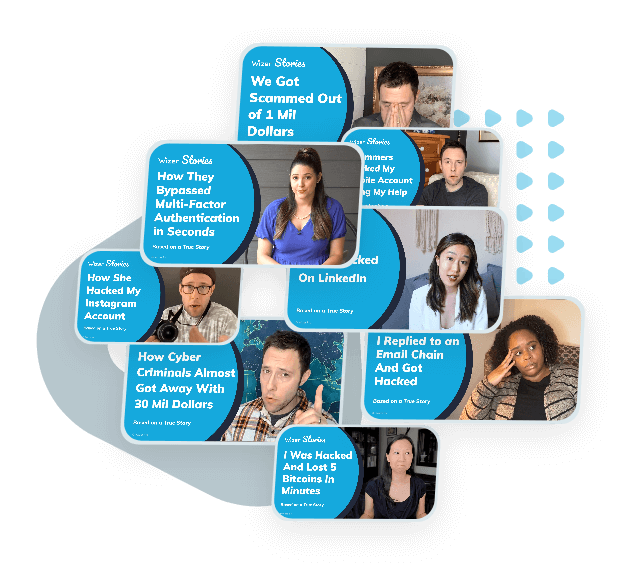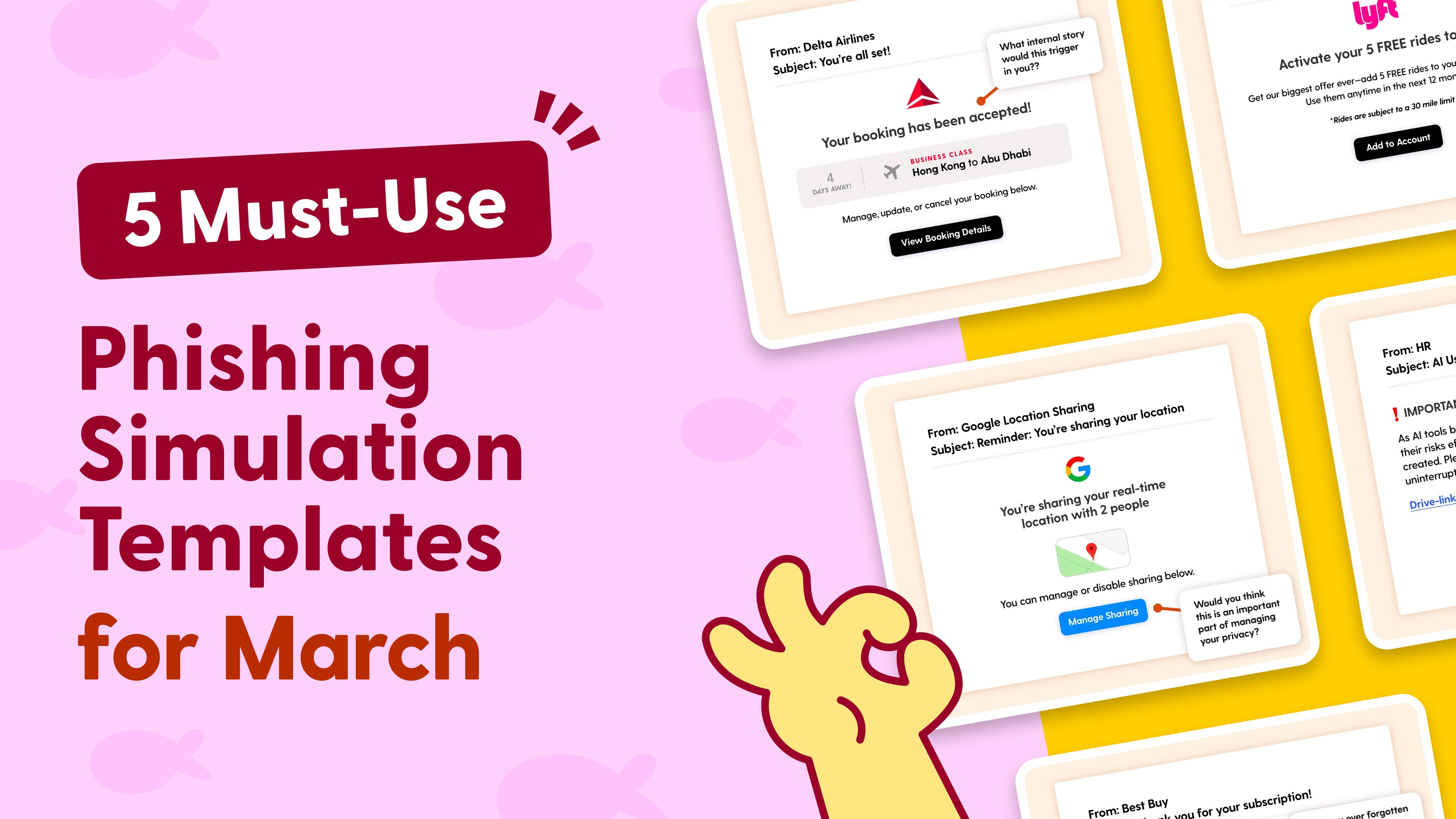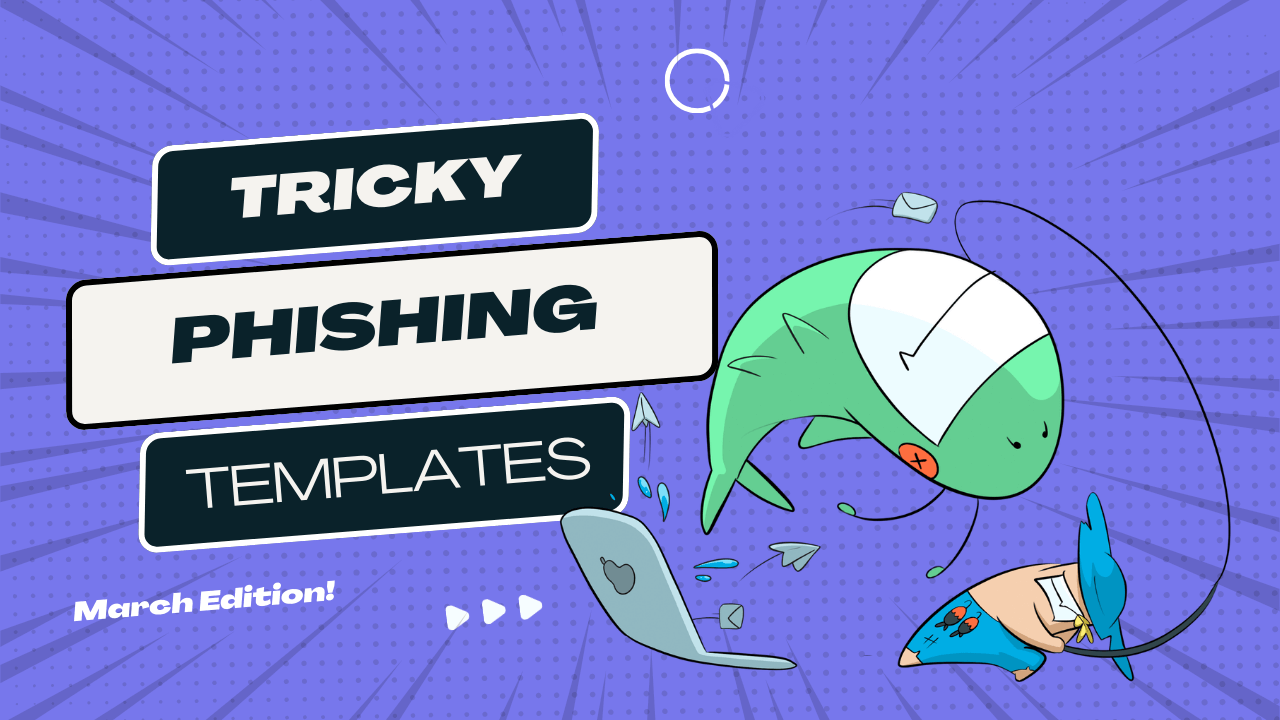How AI Flags Phishing Emails: What It Means for Phishing Simulations & Cybersecurity Training
The other day, I was working through my inbox, letting Gemini handle the usual admin—summarizing emails, suggesting replies, making life easier. Business as usual.
Then, I opened my next email… and something changed.
No quick responses. No summaries. Just a warning-like message: “This email might be sensitive or suspicious.”
Huh. That got me thinking:
🔍 What exactly triggers this AI behavior?
🔍 Does it affect phishing simulation tests?
🔍 And does it actually change how we train employees on cybersecurity awareness?
When AI Steps Back, What Does That Mean for Phishing Simulations?
Google isn’t spilling the full details on what makes Gemini put up a red flag, but some patterns are emerging. Certain phishing simulation emails seem to trigger a response where the AI pulls back—likely because it’s been trained not to add credibility to potentially risky messages.
Here’s what I’ve noticed:
✅ Not all phishing simulations trigger it—some slip through like normal.
✅ It could be linked to file-sharing requests, suspicious links, or email formats AI sees as risky.
✅ On mobile? Not much of an issue—most users won’t even see Gemini’s reaction.
But does this change how a phishing simulation works?
AI Won’t Break Cybersecurity Awareness Training—It Might Even Help
Here’s the deal: Most people won’t notice Gemini hesitating on certain emails. And even if they do, that doesn’t make a phishing simulation useless.
Real phishing emails do get past security filters. AI flagging a test email doesn’t mean it failed—it actually adds an extra learning moment. If anything, it forces employees to pause and think, “Why does this look suspicious?” That’s exactly what cybersecurity awareness training is meant to do.
Can You Outsmart the AI?
Out of curiosity, I asked Gemini:
👉 “Can you highlight the emails that might be phishing simulations?”
Response? Nothing. Gemini’s not playing detective—at least not yet.
What’s Next for Phishing Simulations in an AI-Driven World?
AI isn’t replacing phishing simulators—it’s just adding another challenge to the game. Whether you’re running a free phishing campaign, testing an interactive phishing training module, or using a phishing simulation game, AI’s involvement is just another piece of the puzzle.
At the end of the day, training people to think before they click is still the goal.
Ready to level up your organization’s cybersecurity? Register for a free trial of Wizer Boost to access our full library of phishing templates and exercises.
- Free Security Awareness Videos
- Quizzes
- Progress Reports and Certificates
- Learning Management System


James Linton, Guest Writer
As a former email prankster turned social engineering and phishing expert, I'm passionate about helping individuals and businesses stay safer in their inboxes. By sharing practical insights on the ingredients of message based deception, and real-world examples of social engineering and phishing attacks, I aim to give fresh perspectives on how to understand the true nature of these problems.

